Bertalan Farkas was born in 1949 in Gyulahaza, Szabolcs-Szatmar-Bereg County. He completed his secondary education in Kisvarda. In his youth, he was a talented soccer player, but after discovering sport aviation, he decided to pursue a career as a pilot. Between 1967 and 1969, he studied at the Kilian Gyorgy Aviation Technical College in Szolnok, and in 1971–72, he continued his education in the Soviet Union at the Aviation Technical College. He began serving as a flight officer in 1972, became a first-class fighter pilot in 1976, and was later awarded the Gold Laurel First-Class Fighter Pilot distinction.
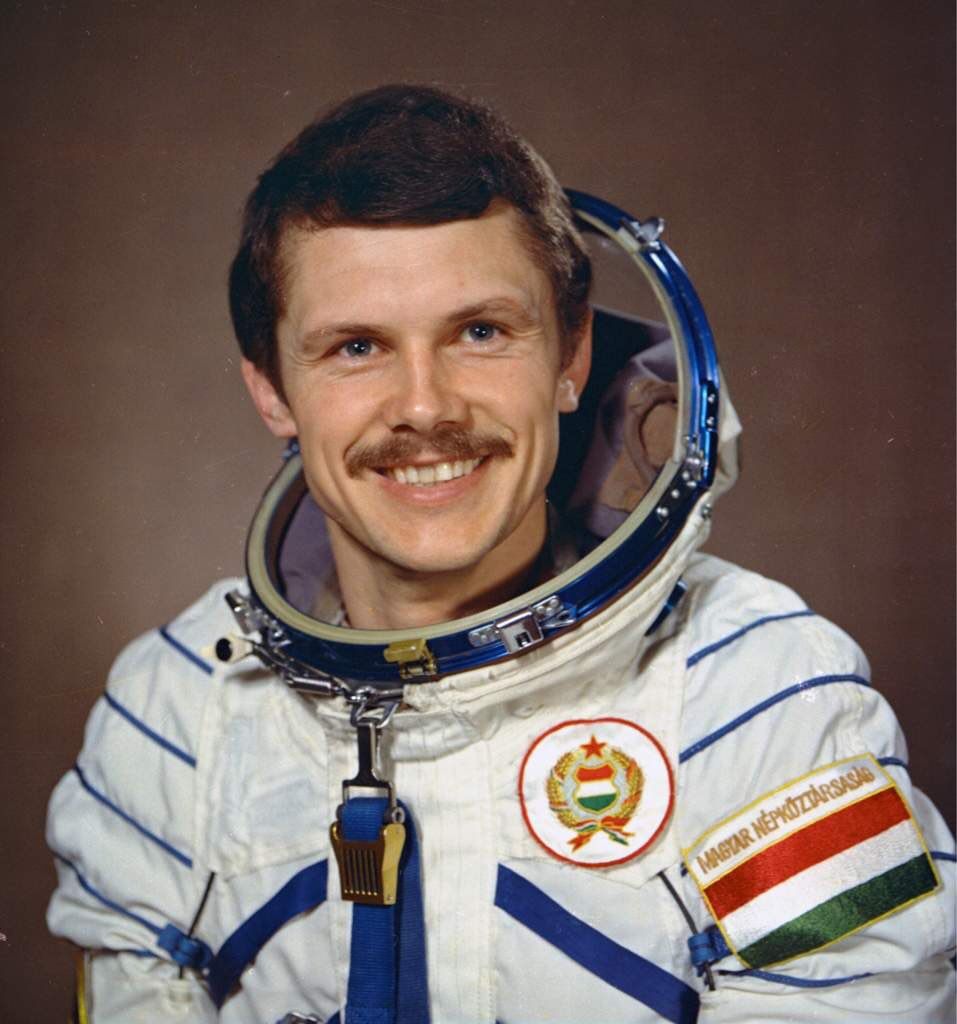
He served with the Hungarian Air Force unit in Papa and voluntarily applied for the astronaut program in 1978 as a First Lieutenant. Thanks to the Intercosmos program—a joint effort of socialist countries—Hungary had the opportunity to send its first astronaut into space. The selection process began in summer 1977 at the Kecskemet Aviation Medical Research Institute, narrowing the candidates down to seven.
On May 26, 1980, at 8:20 p.m. Hungarian time, Farkas and Soviet commander Valery Kubasov launched from Baikonur, Kazakhstan aboard the Soyuz–36 spacecraft. With this mission, Hungary became the seventh nation to join the elite club of spacefaring countries.
Farkas’s story is not only a milestone in Hungarian space exploration but also a testament to how dedication and perseverance can achieve even the boldest dreams.
Hungary joined the ranks of space nations with your flight. How do you see the state of Hungarian space research back then and the development since, especially with regard to domestic aerospace initiatives and the current space program?”
“I am absolutely certain that my flight in 1980 gave a huge boost to Hungarian experts and researchers interested in space science. It’s a fact that the Hungarian support crew at the time managed to acquire a lot of equipment that wasn’t available before,” said Farkas. He added:
It was a great experience for me to be tested with such equipment. Out of 85 astronaut candidates, 27 remained, then 11, then 7, and finally just two—one of whom got to fly: me. That was a major step for peaceful international cooperation. We simply cannot afford to miss out on such opportunities.
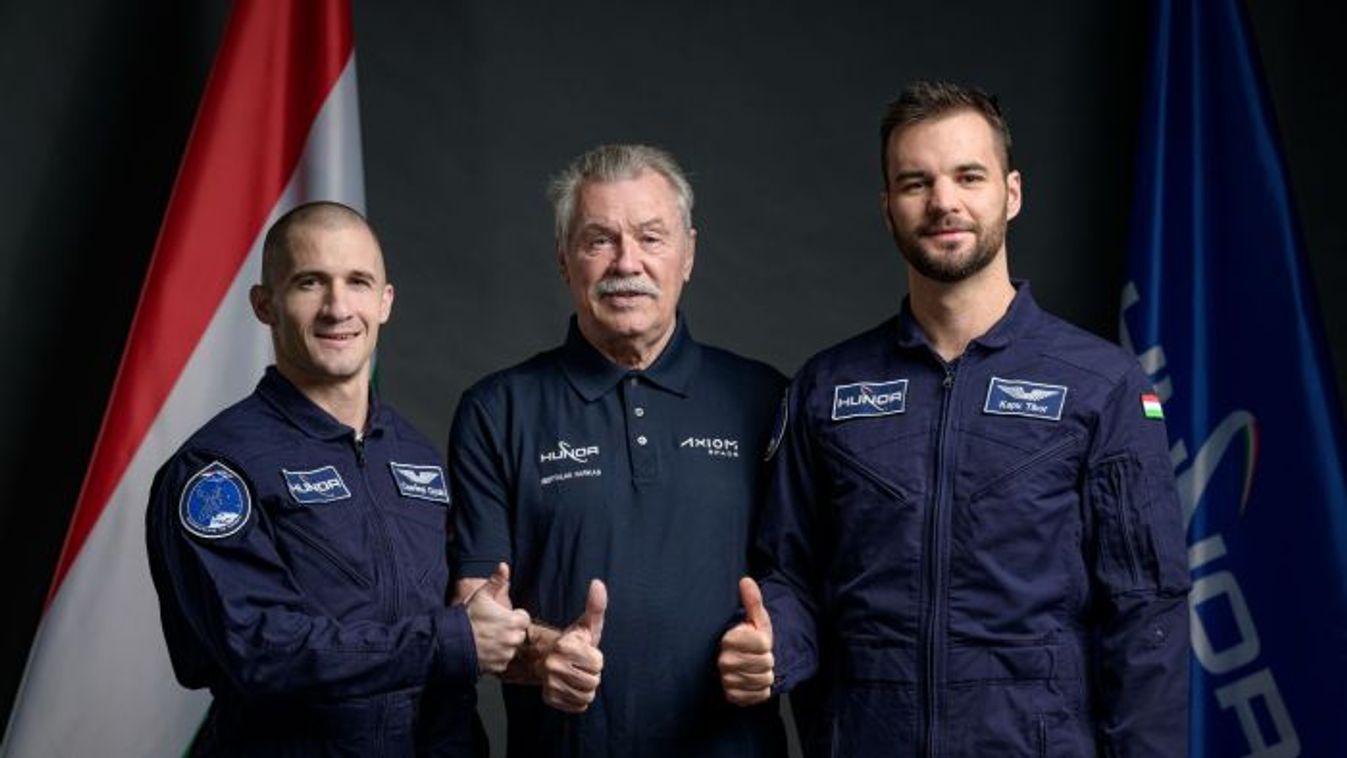
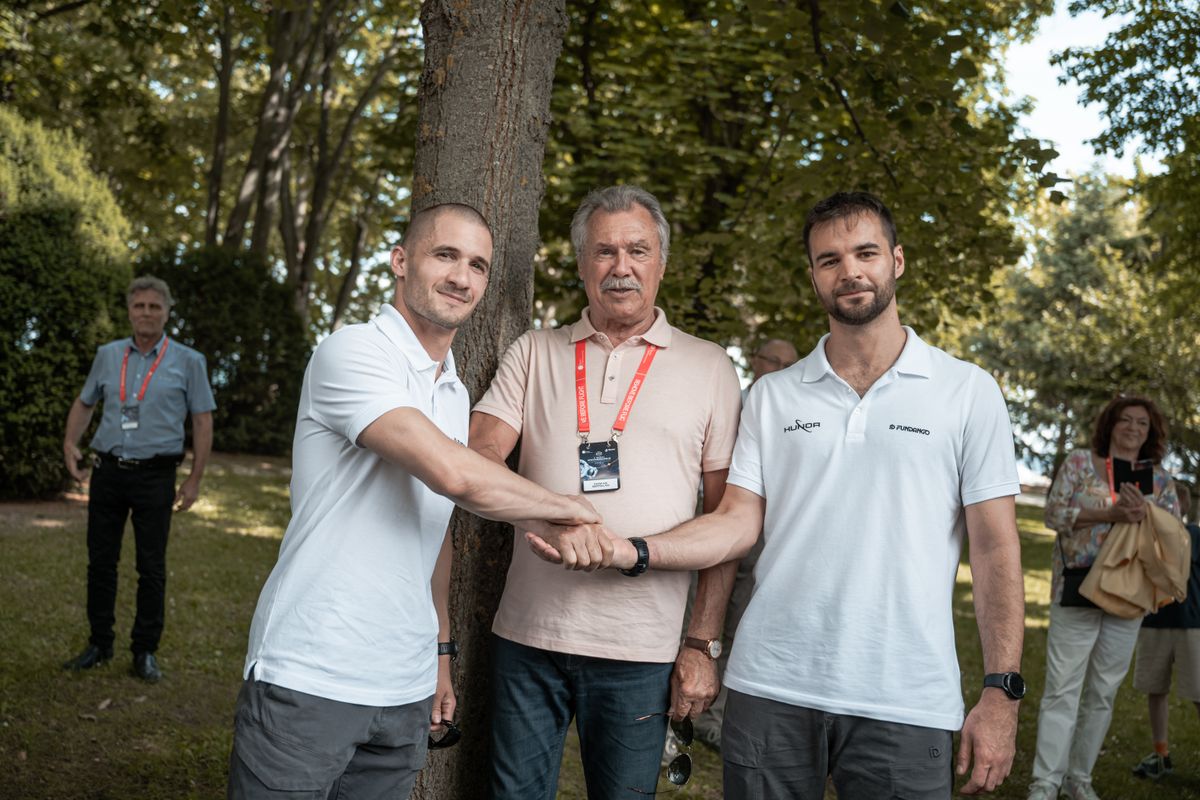
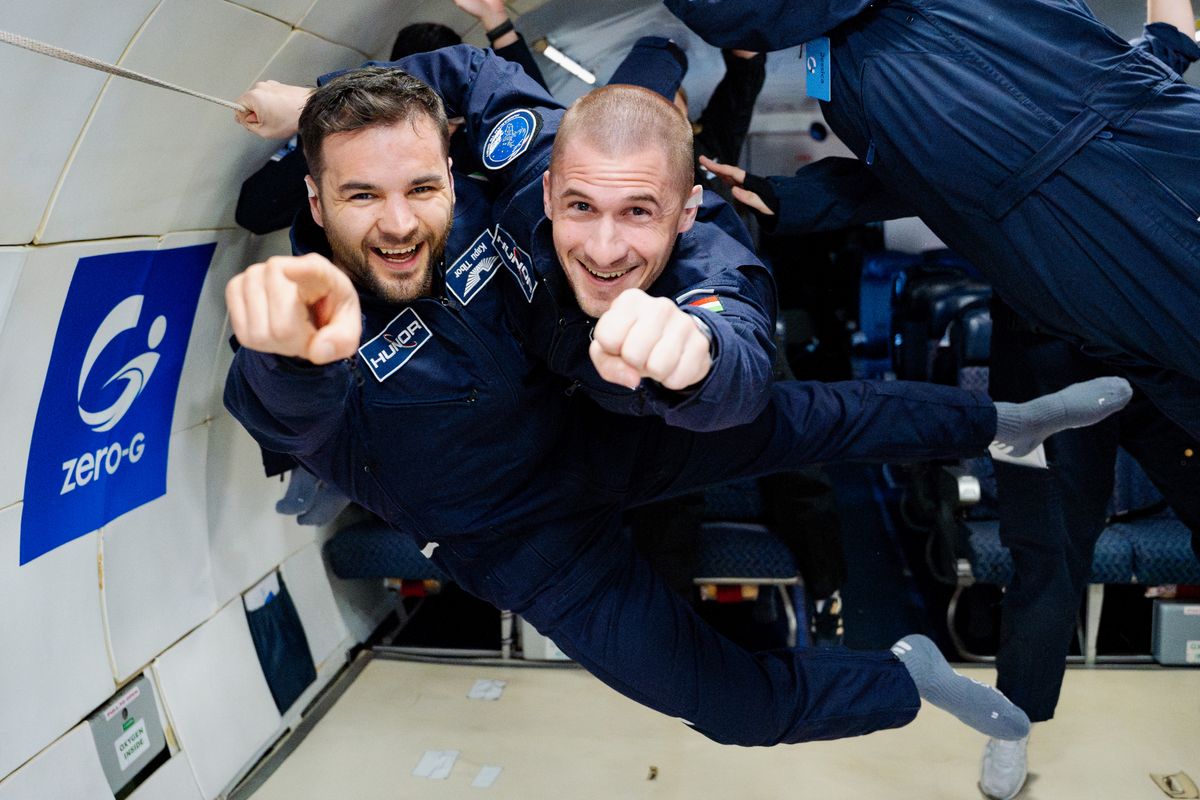

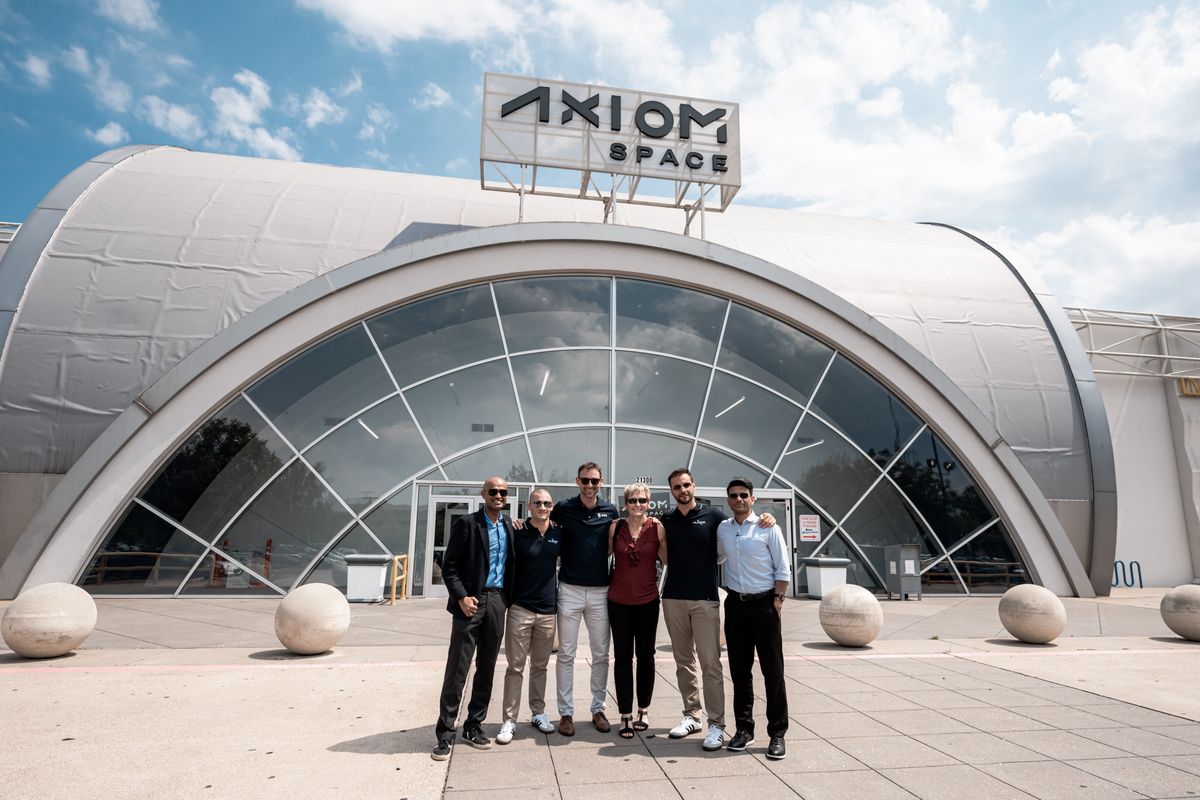
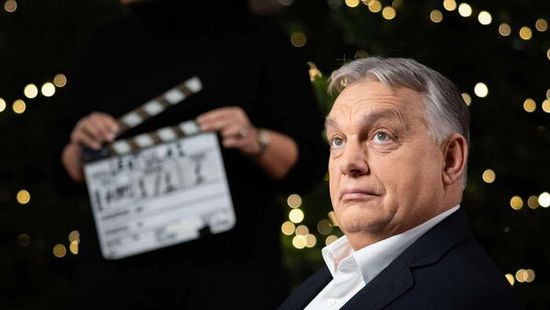
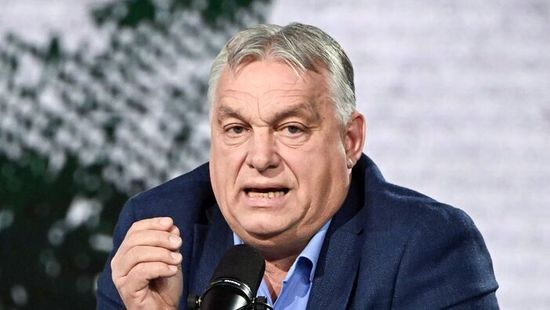
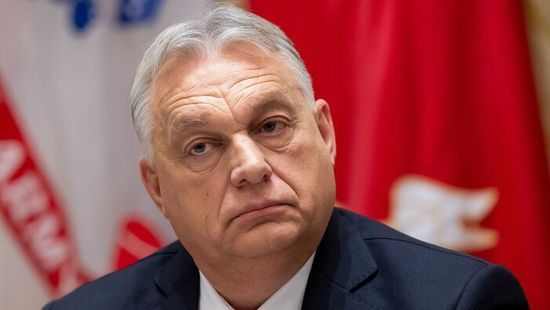
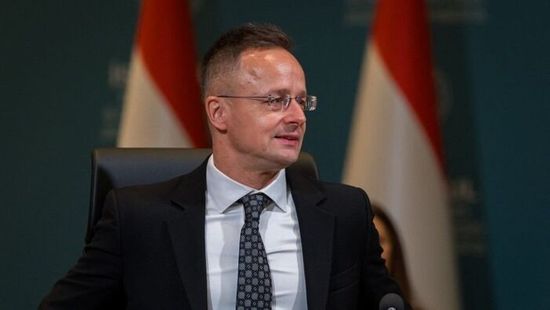

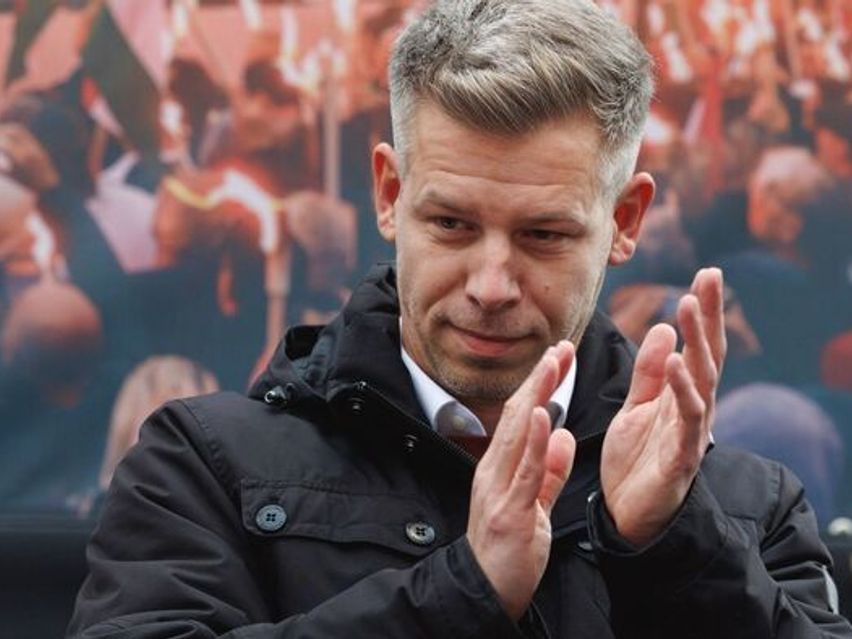





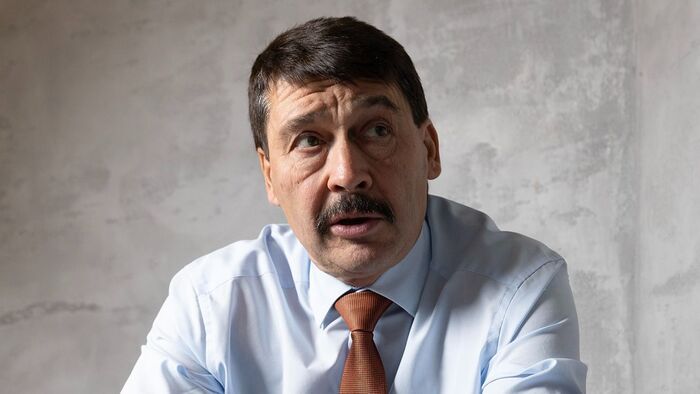

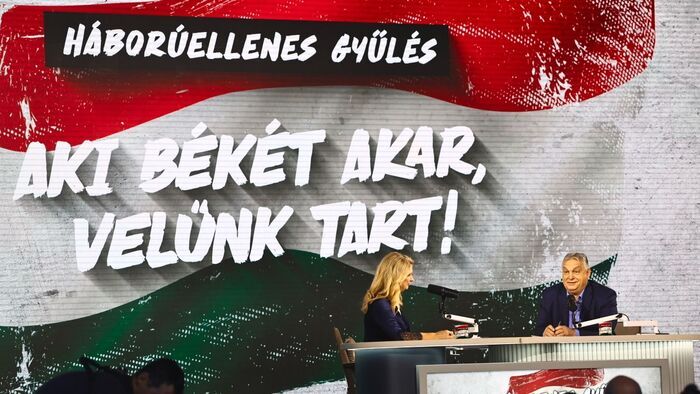
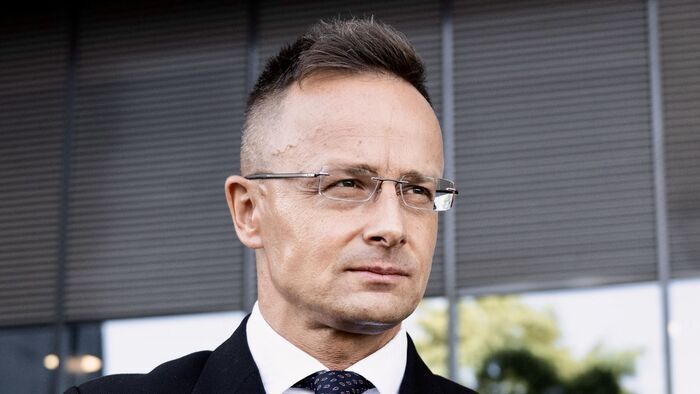
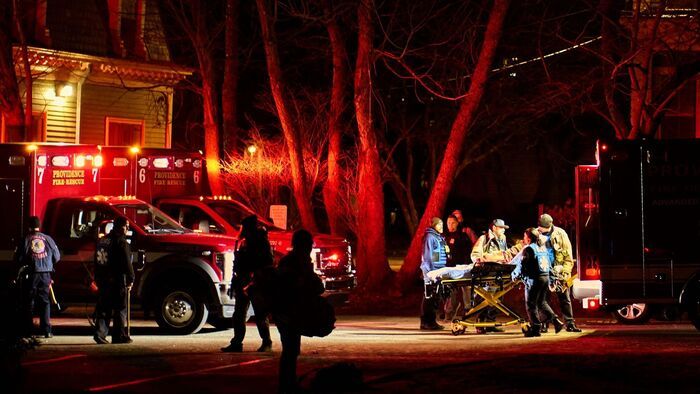
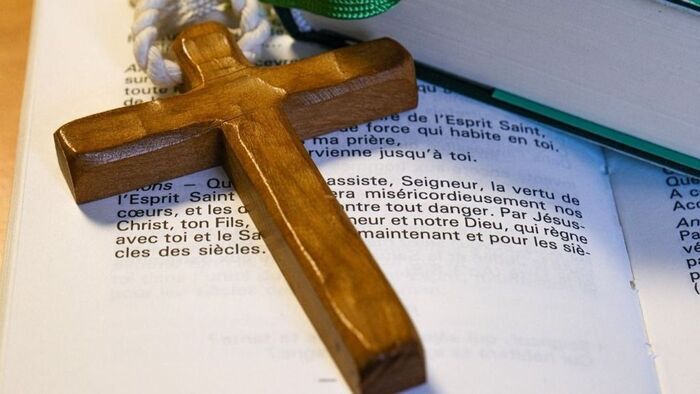


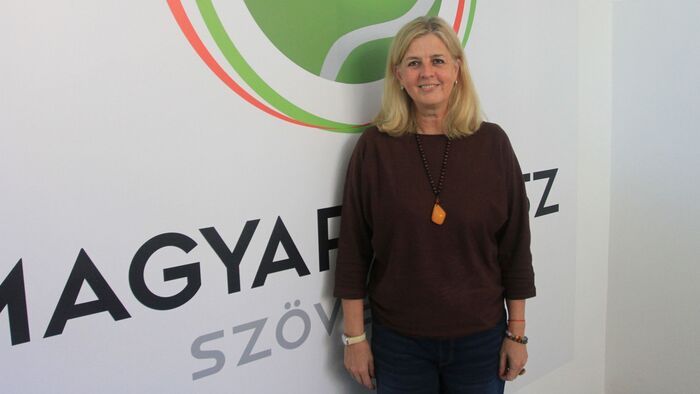
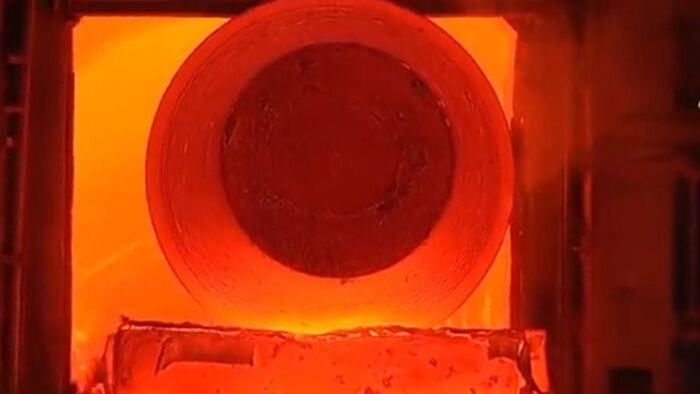

Szóljon hozzá!
Jelenleg csak a hozzászólások egy kis részét látja. Hozzászóláshoz és a további kommentek megtekintéséhez lépjen be, vagy regisztráljon!